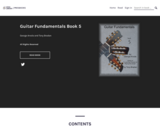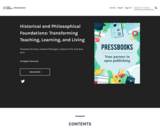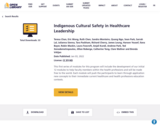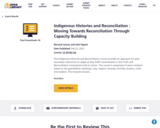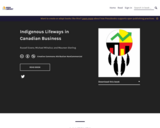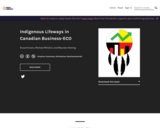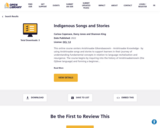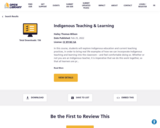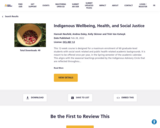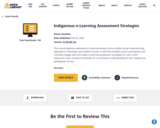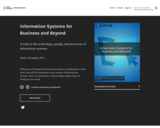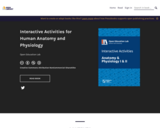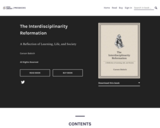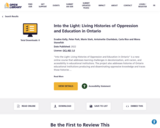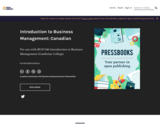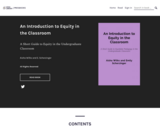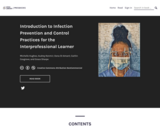Long Description:
Storytelling practices have been used for millennia as an educational tool for passing knowledge from one generation to the next. (Woodhouse, 2011). This collection offers a series of digital storytelling vignettes that briefly explain topics related to the Indigenous business environment in Canada. The video series contains interview content from Indigenous business leaders from across the country and highlights both the obstacles and successes of those professionals. Contributors explore their relationships with governments, corporations, and other non-Indigenous institutions while conducting their business activities.
The efficacy of storytelling can be seen in contemporary education settings where student engagement, achievement, and motivation are all enhanced when digital storytelling technologies are integrated into classroom pedagogy (Smeda, Dakich, & Sharda, 2014). The Indigenous Lifeways in Canadian Business project employs digital storytelling as an Open Educational Resource video series to deliver content about Indigenous business issues in Canada. Instructors can easily integrate any of the digital Indigenous content videos within the curriculum of their courses as needed. This instructor guide contains a listing of all the videos in the series along with descriptions of what each of the videos contains.
It isn’t always easy for instructors to incorporate Indigenous content into their courses as they strive to meet the Calls to Action that emerged from the Truth and Reconciliation’s Report in 2015. Indigenous-centric curricula in mainstream programs is scarce in post-secondary institutions (Brown, Doucette, & Tulk, 2016). This series introduces important business topics impacting Indigenous students, entrepreneurs, and business leaders in Canada by connecting users to their stories. End-users can link to one or more of the videos, embed the material into their course websites, or download a video to use offline. End-users cannot, however, make any derivatives of the video material.”
References
Brown, K. G., Doucette, M. B., & Tulk, J. E. (Eds). (2016). Indigenous business in Canada: Principles and practices. Cape Breton University Press.
Smeda, N., Dakich, E., & Sharda, N. (2014). The effectiveness of digital storytelling in the classrooms: A comprehensive study. Smart Learning Environments, 1(1), 1-21.
Truth, & Reconciliation Commission of Canada. (2015). Canada’s Residential Schools: The Final Report of the Truth and Reconciliation Commission of Canada (Vol. 1). McGill-Queen’s Press-MQUP.
Woodhouse, H. (2011). Storytelling in university education: Emotion, teachable moments, and the value of life. The Journal of Educational Thought (JET)/Revue de la Pensée Educative, 45(3), 211-238.
Word Count: 4594
(Note: This resource's metadata has been created automatically by reformatting and/or combining the information that the author initially provided as part of a bulk import process.)

